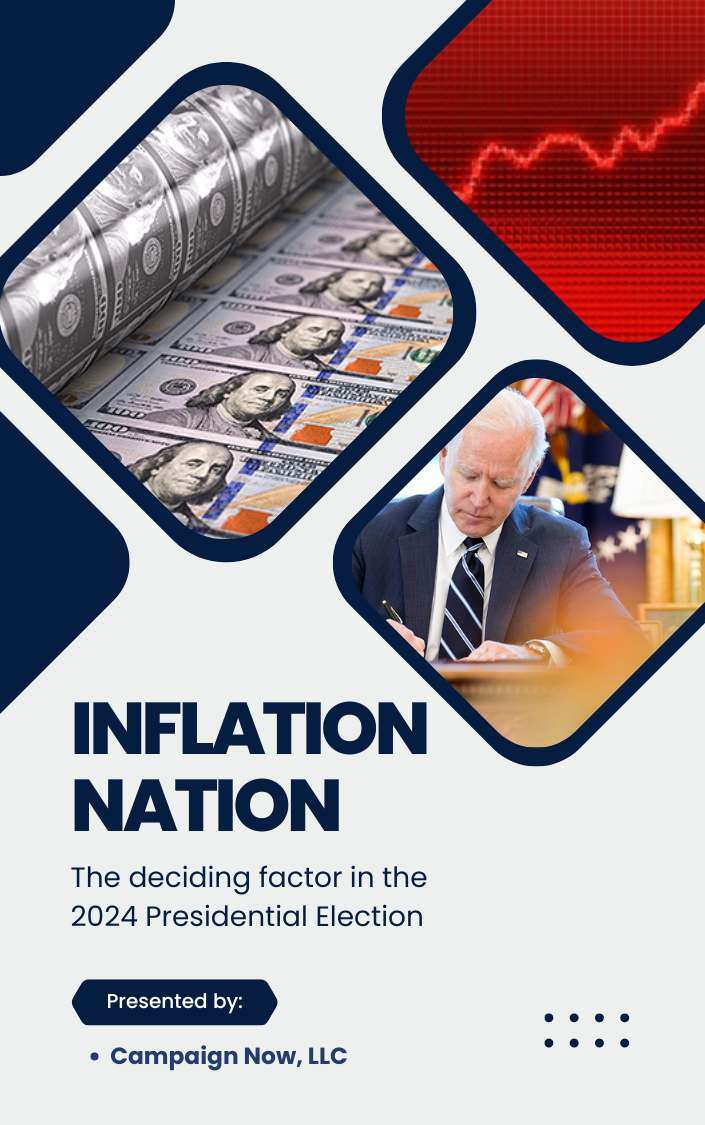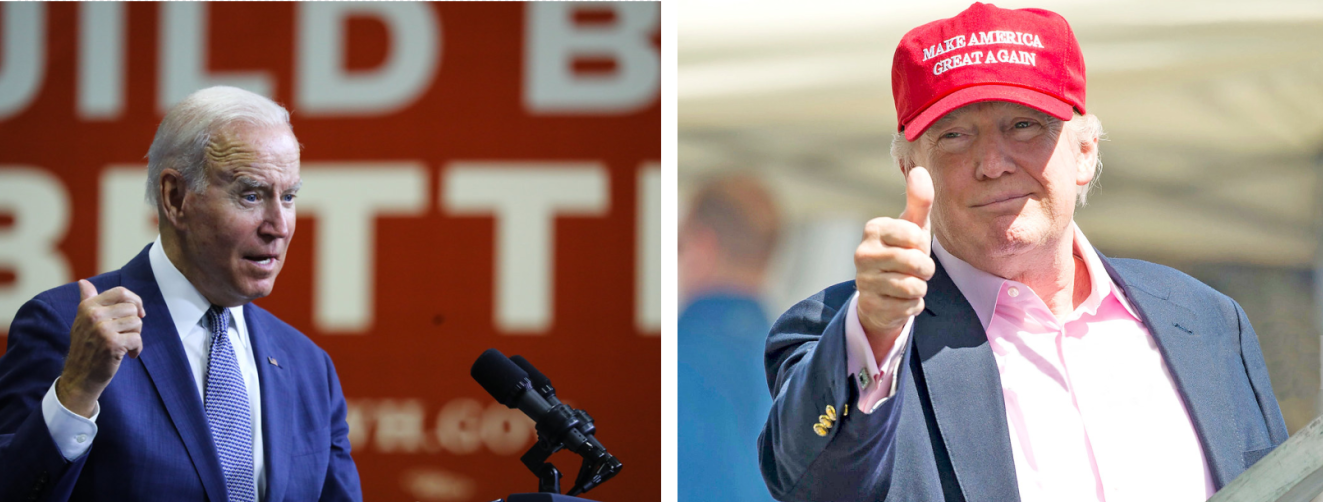Why digital advertisers must rethink their strategy as Meta removes detailed targeting exclusions.
What to Know:
- Meta’s removal of targeting exclusions expands audience pools but dilutes precision, making it harder to reach key decision-makers.
- Campaigns targeting Republican insiders now report facing a 516,450-person broad audience instead of a 10,100-person precise list of policymakers and donors.
- Without exclusions, advertisers waste impressions on irrelevant viewers, increasing costs while decreasing the overall effectiveness and financial return on their advertising investment.
- 25% of key Republican insiders live in Meta’s D.C. radius, but an additional 15% commute in, making first-party data essential for full reach.
Meta’s latest policy shift is sending shockwaves through the world of political advertising. By removing detailed targeting exclusions, the platform has fundamentally altered how campaigns reach their intended audiences.
For years, digital strategists relied on these exclusions to refine their messaging, ensuring that ads landed in front of the most relevant and persuadable voters while filtering out those unlikely to engage. Now, with Meta’s new rule in effect as of January 31, 2025, traditional campaign targeting has become less precise, forcing organizations to rethink their approach.
Bigger Isn’t Always Better
At first glance, broader reach might seem like an advantage. More people seeing an ad means more influence, right? Not quite. Political and public affairs campaigns are not about mass exposure; they are about precision. The goal is not to reach everyone interested in politics but to reach those who can actually make a difference—the policymakers, the donors, the lobbyists, and the influencers who shape legislative agendas.
Under the old system, advertisers could exclude users with specific political interests, preventing their message from being shown to audiences unlikely to align with their campaign’s goals. Those exclusions are now gone. The result? Campaign budgets will be spread thinner, with more impressions wasted on irrelevant audiences.
The Challenge of Reaching Political Insiders
Take, for example, a campaign aiming to target Republican political insiders—elected officials, party leaders, major donors, and key interest group members. Before Meta’s change, advertisers could use exclusions to refine their audience, ensuring that their ads reached conservative influencers while filtering out those with opposing political interests.
Now, advertisers are left with broad in-platform targeting that casts an indiscriminate net. A 10-mile geo-target around Washington, D.C., for instance, will pull in over 516,450 people interested in politics and government. But within that group, only a small fraction actually hold positions of influence.
Image Source: Unearth Campaigns
Compare that with Atlas Influence Targeting, a first-party data platform that offers an audience of just 10,100, consisting exclusively of Republican decision-makers. The difference is stark: Meta’s approach delivers more eyeballs, but Atlas ensures those impressions are meaningful.
More Wasted Impressions, Higher Costs
Campaigns relying on Meta will now face higher costs for lower returns. The removal of exclusions means more ads will be served to disengaged or irrelevant audiences, diminishing conversion rates and inflating advertising costs. Without the ability to filter out misaligned groups, organizations will have to either accept higher inefficiencies or shift to alternative platforms that offer more refined targeting.
Political campaigns already operate on tight budgets, and every wasted impression is a missed opportunity. Meta’s changes make it harder for campaigns to spend wisely, forcing them to pay for views and clicks that have no chance of influencing policy outcomes.
Geo-Fencing No Longer Cuts It
Even Meta’s geographic targeting has limitations. Many political insiders do not live full-time in the Washington, D.C., area but commute in for work, making them unreachable through strict geo-fencing.
Data from Atlas Influence Targeting shows that 25% of its audience is physically located within Meta’s 10-mile targeting range, but an additional 15% commutes in daily. That means up to 40% of the key decision-makers that campaigns need to reach are likely missing from Meta’s advertising parameters.
Source: Data from Unearth Campaigns
Meanwhile, the half-million-person audience Meta delivers is bloated with individuals who have no direct influence on legislation or policy. Bigger numbers do not translate to better outcomes when the quality of the audience is diluted.
How to Work Around Meta’s Limitations
With Meta’s new restrictions in place, the best way forward is through first-party data and cross-platform targeting. Public affairs campaigns that rely solely on traditional in-platform advertising will struggle to achieve the precision needed for effective advocacy. Instead, leveraging high-quality audience data—like the kind offered by Atlas—ensures that ads reach only the people who matter.
|
First-party data allows campaigns to:
|
Wrap Up
Meta’s decision is part of a broader trend in digital advertising, where platforms are moving away from detailed targeting in favor of broader audience pools. For public affairs professionals and campaign strategists, this presents a challenge but also an opportunity to adapt.
While Meta’s changes make it harder to target political insiders, first-party data solutions provide a clear path forward. By focusing on direct connections with influential decision-makers, campaigns can ensure their message remains effective, even as the digital landscape shifts.
Political advertising is no longer about sheer numbers—it is about strategy, precision, and impact. In the wake of Meta’s changes, campaigns that adapt will win. Those that rely on outdated tactics will fall behind.





